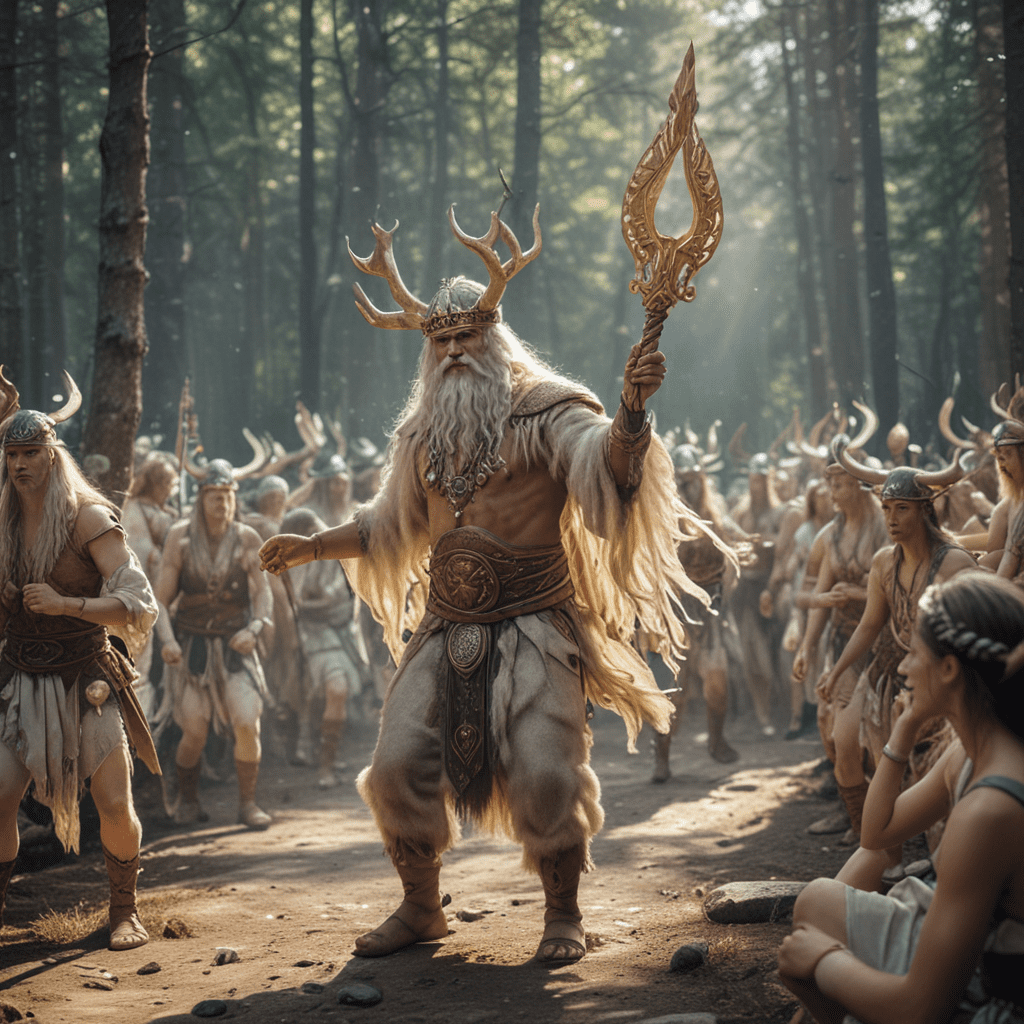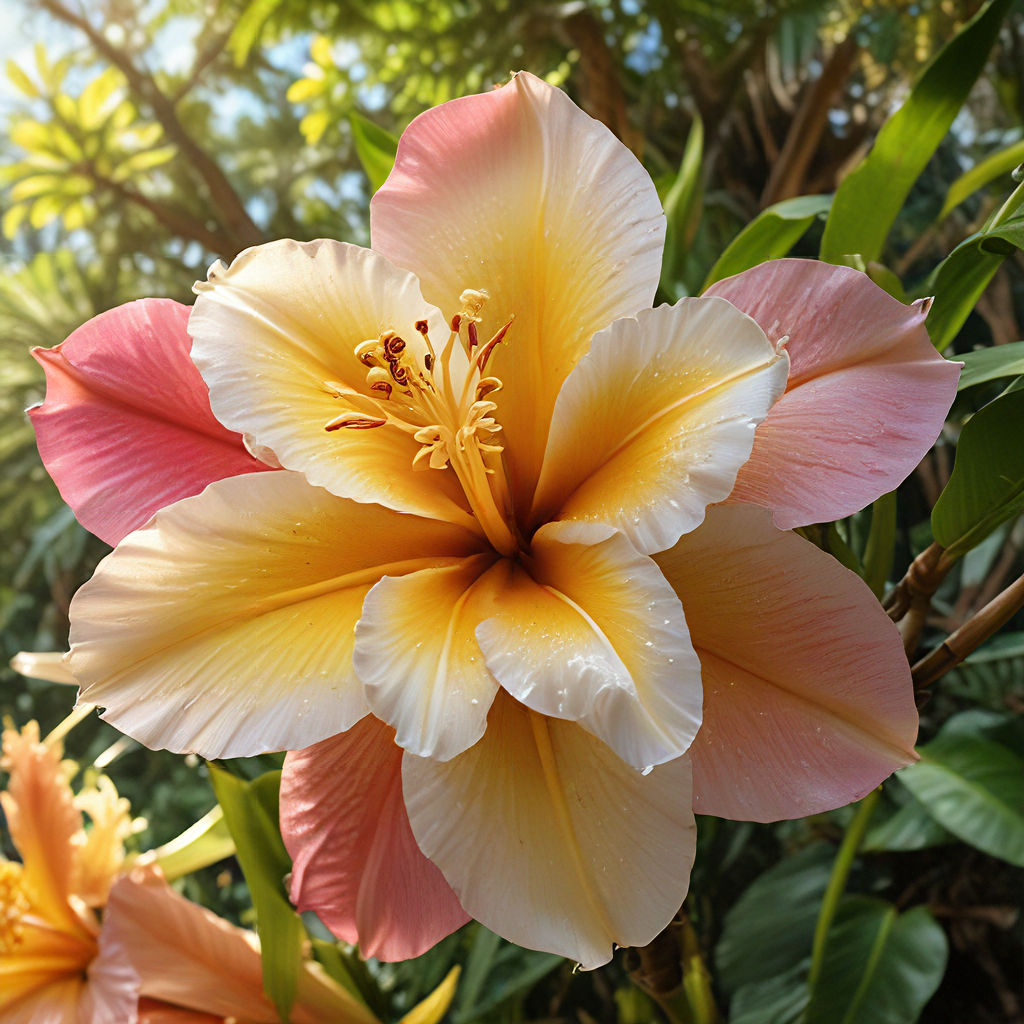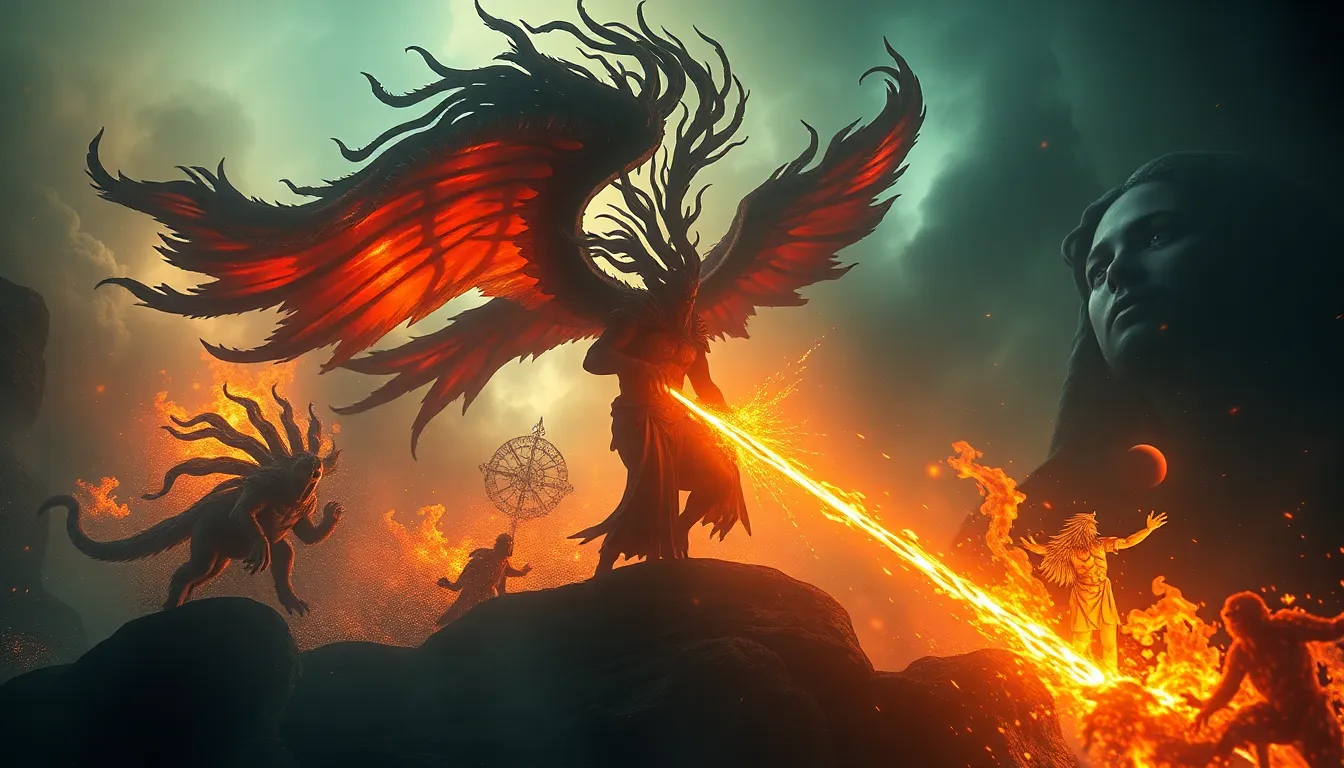1. Introduction: The Significance of Finnish Mythology
Finnish mythology is a rich tapestry of beliefs, legends, and traditions that have profoundly shaped the culture and identity of Finland. Embedded within this mythology are the roots of many festivals and celebrations that continue to be observed in contemporary Finnish society. These festivals serve as a testament to the enduring significance of Finnish mythology, offering glimpses into the ancient beliefs and customs that have been passed down through generations.
2. Juhannus (Midsummer): A Celebration Rooted in Ancient Beliefs
Juhannus, also known as Midsummer, is the most significant festival in the Finnish calendar and is closely intertwined with Finnish mythology. The festival coincides with the summer solstice, the longest day of the year, and its origins can be traced back to ancient fertility rites and beliefs. According to Finnish myth, the abundance of light and vegetation during Midsummer was believed to possess magical powers.
3. The Bonfire Night and the Rituals of Purification
A central feature of Juhannus is the bonfire night, known as kokko in Finnish. These bonfires are said to hold protective and purifying qualities. It was believed that leaping over or through the flames cleansed people of impurities and brought good fortune. Additionally, burning old belongings or jumping into lakes was seen as a way of warding off evil spirits and bringing about renewal.
4. Midsummer Bonfires: Warding Off Evil Spirits
In Finnish mythology, certain malevolent beings, such as trolls and witches, were believed to roam the earth during Midsummer, attracted by the increased light. The bonfires were lit not only to provide warmth and illumination but also to create a protective barrier against these mythical creatures. The smoke from the fires was thought to repel evil and keep the night safe.
5. Kevätpäiväntasaus (Spring Equinox): A Festival of Fertility
Kevätpäiväntasaus, the spring equinox, is another important festival that draws on Finnish mythology. This festival celebrates the arrival of spring and is associated with fertility. In Finnish myth, the goddess Ukko was believed to bless crops and livestock during this time, and people would perform rituals to ensure a fruitful harvest and good fortune in the coming year.
6. The Importance of the Sauna in Finnish Celebrations
The sauna has played a significant role in Finnish culture and mythology throughout history. In Finnish mythology, the sauna was considered a sacred space, often associated with purification and healing. During festivals, people would gather in saunas to cleanse themselves both physically and spiritually. This ritual was believed to enhance fertility and ward off evil influences.
7. Ukko: The Thunder God and His Presence in Festivals
Ukko, the thunder god, held a prominent place in Finnish mythology and was believed to control the weather and fertility. His presence is often felt during festivals, especially Juhannus. People would make offerings to Ukko to ensure good weather and bountiful harvests. Rituals involving thunderstones or other objects representing Ukko were also common during these celebrations.
8. Luonto (Nature): A Central Theme in Finnish Mythology and Celebrations
Nature has always been central to Finnish mythology and beliefs, and this is reflected in many festivals and celebrations. Forests, lakes, and other natural elements are often seen as sacred and connected to the divine. People show reverence for nature through rituals, offerings, and by observing certain taboos during festivals. Respecting and honoring the natural world is deeply ingrained in Finnish culture.
9. The Influence of Mythology on Folk Music and Storytelling
Finnish mythology has significantly influenced Finnish folk music and storytelling. Traditional songs, ballads, and tales often draw upon mythical figures, creatures, and events. These stories are passed down through generations, preserving and reinforcing the mythological traditions. The folk music instruments used in these performances, such as the kantele and jouhikko, further contribute to the atmosphere and connection to ancient beliefs.
10. Contemporary Manifestations of Finnish Mythology in Modern Celebrations
While many traditional festivals and rituals associated with Finnish mythology continue to be observed, contemporary celebrations also incorporate mythological elements in new and creative ways. Modern art, design, and even popular culture often draw inspiration from Finnish mythology, showcasing its enduring relevance. For example, contemporary Midsummer festivals may feature performances, installations, or works of art that reinterpret ancient myths and legends for a modern audience.
FAQs
Q: What is the significance of Midsummer in Finnish culture?
A: Midsummer is the most significant festival in the Finnish calendar, rooted in ancient fertility rites and beliefs associated with the abundance of light and vegetation during this time.
Q: Why are bonfires lit during Midsummer?
A: Bonfires during Midsummer are believed to possess protective and purifying qualities. They were lit to ward off evil spirits, cleanse people of impurities, and bring good fortune.
Q: What role does the sauna play in Finnish mythology and festivals?
A: The sauna holds great significance in Finnish mythology as a sacred space associated with purification and healing. During festivals, people would gather in saunas to cleanse themselves both physically and spiritually.
Q: How is Ukko, the thunder god, involved in Finnish festivals?
A: Ukko, the thunder god, controls the weather and fertility in Finnish mythology. During festivals, people made offerings to Ukko to ensure good weather and bountiful harvests.
Q: In what ways does Finnish mythology influence modern celebrations?
A: Contemporary festivals and celebrations often incorporate elements of Finnish mythology in creative ways. Art, design, and popular culture draw inspiration from mythical figures and stories, reimagining and preserving the mythological traditions for a modern audience.



